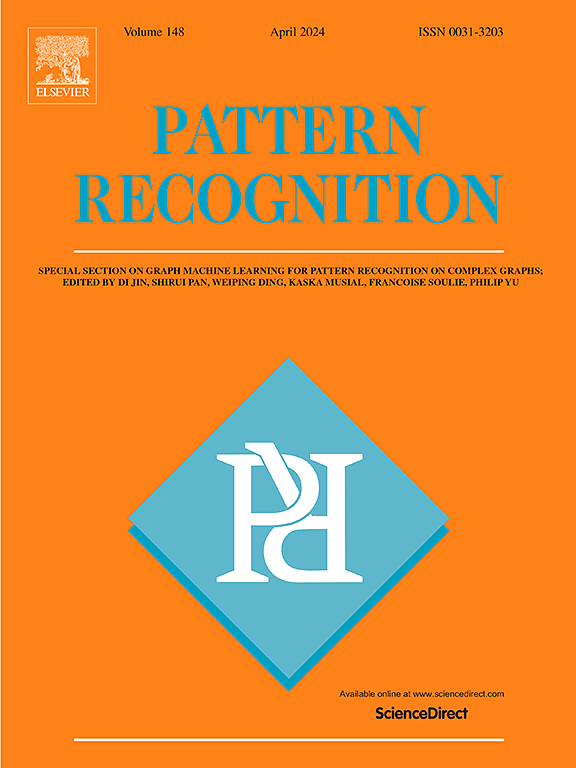FedPnP: Personalized graph-structured federated learning
IF 7.5
1区 计算机科学
Q1 COMPUTER SCIENCE, ARTIFICIAL INTELLIGENCE
引用次数: 0
Abstract
In Personalized Federated Learning (PFL), current methods often fail to consider the fine-grained relationships between clients and their local datasets, hindering effective information exchange. Here, we propose “FedPnP”, a novel method that harnesses the inherent graph-based connections among clients. Clients linked by a graph tend to yield similar model responses to comparable input data. In the proposed FedPnP we present the graph-based optimization as an inverse problem. We then solve this optimization by employing a Half-Quadratic-Splitting technique (HQS) to divide it into two subproblems. The first ensures local model performance on respective datasets, acting as a data fidelity term, while the second promotes the smoothness of model weights on the graph. Notably, we present a structural proximal term in the first subproblem and demonstrate the integration of any graph denoiser in the second subproblem as a plug & play solution. Experiments on CIFAR10, CIFAR100, FashionMNIST, and SVHN demonstrate FedPnP’s superiority over 10 state-of-the-art algorithms, with accuracy improvements ranging from 0.2% to 3%. Notably, FedPnP excels in handling highly heterogeneous data, a critical challenge in real-world PFL scenarios. Additional evaluations show that FedPnP performs consistently well across various denoisers, with the Heat filter delivering the best results. This bridge between PFL algorithms and inverse problems opens up the potential for cross-pollination of solutions, yielding superior algorithms for PFL tasks. The GitHub code is available at https://github.com/arashrasti96/FedPnP.

求助全文
约1分钟内获得全文
求助全文
来源期刊

Pattern Recognition
工程技术-工程:电子与电气
CiteScore
14.40
自引率
16.20%
发文量
683
审稿时长
5.6 months
期刊介绍:
The field of Pattern Recognition is both mature and rapidly evolving, playing a crucial role in various related fields such as computer vision, image processing, text analysis, and neural networks. It closely intersects with machine learning and is being applied in emerging areas like biometrics, bioinformatics, multimedia data analysis, and data science. The journal Pattern Recognition, established half a century ago during the early days of computer science, has since grown significantly in scope and influence.
 求助内容:
求助内容: 应助结果提醒方式:
应助结果提醒方式:


